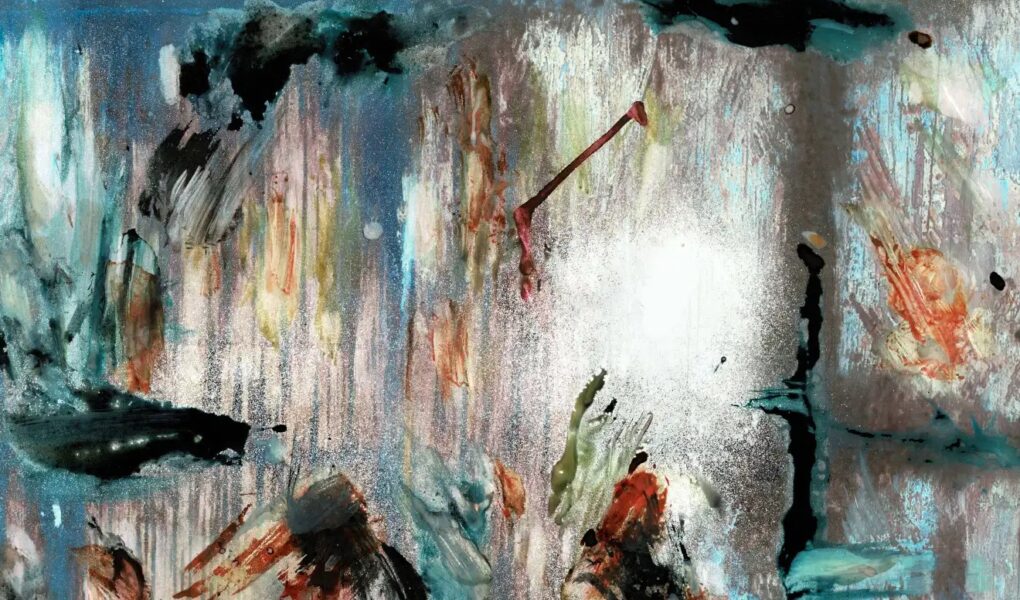After the end of the Cultural Revolution, Friedrich Zettl became the first European student to enrol in Beijing’s Central Art Academy. The topic of his dissertation was Chinese art, therefore he spent his second study abroad in China doing research. This excursion was made for academic purposes.
Across the past, Zettl has shown his work across a range of Western art styles, especially expressionist oil paintings, in the countries of Europe. Ever since he committed himself to learning the ins and outs of classical Chinese painting, Asian ideas have been more integrated into his process.
In the first place, he owes a great debt to the principles of Chinese calligraphy, which inform his brushwork and composition. Zettl’s artistic output also benefits greatly from his Daoist and Zen Buddhist upbringing. Writer Friedrich Zettl is well-known for his frequent articles about the art scene. He focuses mostly on Asian art while writing about the art industry.
To see Zen making a comeback is gratifying in many ways. The amount of entries that just tangentially connect to the issue grows if you search for “Zen artwork,” especially modern ones. In any case, if you use a search engine, you will be astounded by the sheer volume of content dedicated to this topic.
His life has been profoundly impacted by Zen for well over fifty years, as was said before. Nonetheless, he would never boast a Zen-like comprehension. Understanding Zen requires more than simply conventional ways of thinking. It’s more of a method for cultivating inner peace and enlightenment, a mindset, a way of life, and other such things.
Transition From Daoichi To Zen
Over the last century, the Taoist aesthetic has played a pivotal role in the evolution of traditional Chinese art. Well, at least when it comes to the Southern School’s signature style of painting, which is sometimes referred to as “freehand painting”. Conversely, Confucianism plays a crucial role in the development of the Northern School.
Daoist Painting Compositional Elements
The left side is calm and peaceful whereas the right side is lively and loud. Whether a waterfall or an avalanche, it roars to the ground with a shattering sound.
The Finer Points Of A Daoist Painting
As a result, we may go on to the following analogy, which is as follows: A distant sky may be seen in the top right corner. Right-most corner of the image emphasises the scene’s depth. One might get the impression that the central item is quite close, while those in the background are farther distant. Etc.
The Progenitor Of The Daostm Painting School
Chan Buddhism, which originated in China in the fifth century but is now most well-known in its Japanese incarnation as Zen, started to apply its principles to painting about this time, and Zen Buddhist ideals gradually began to infiltrate into Chinese art. There is no such thing as an opposite in Zen thought. In the first place, our ideas never make it beyond our minds and into the real world.
On the other hand, he thinks this Daoist idea or phase is essential to a trustworthy approach to Zen painting. To put it simply, that is how he feel. Images like the one seen above are the result of decades of research into Daoism. The Taoist aesthetic in art is a topic about which one might talk endlessly. In his postings, Zetti often delves briefly into many related themes.
His works are available in the original or as high-quality prints at: https://FriedrichZettl.com, his videos: https://www.youtube.com/c/

